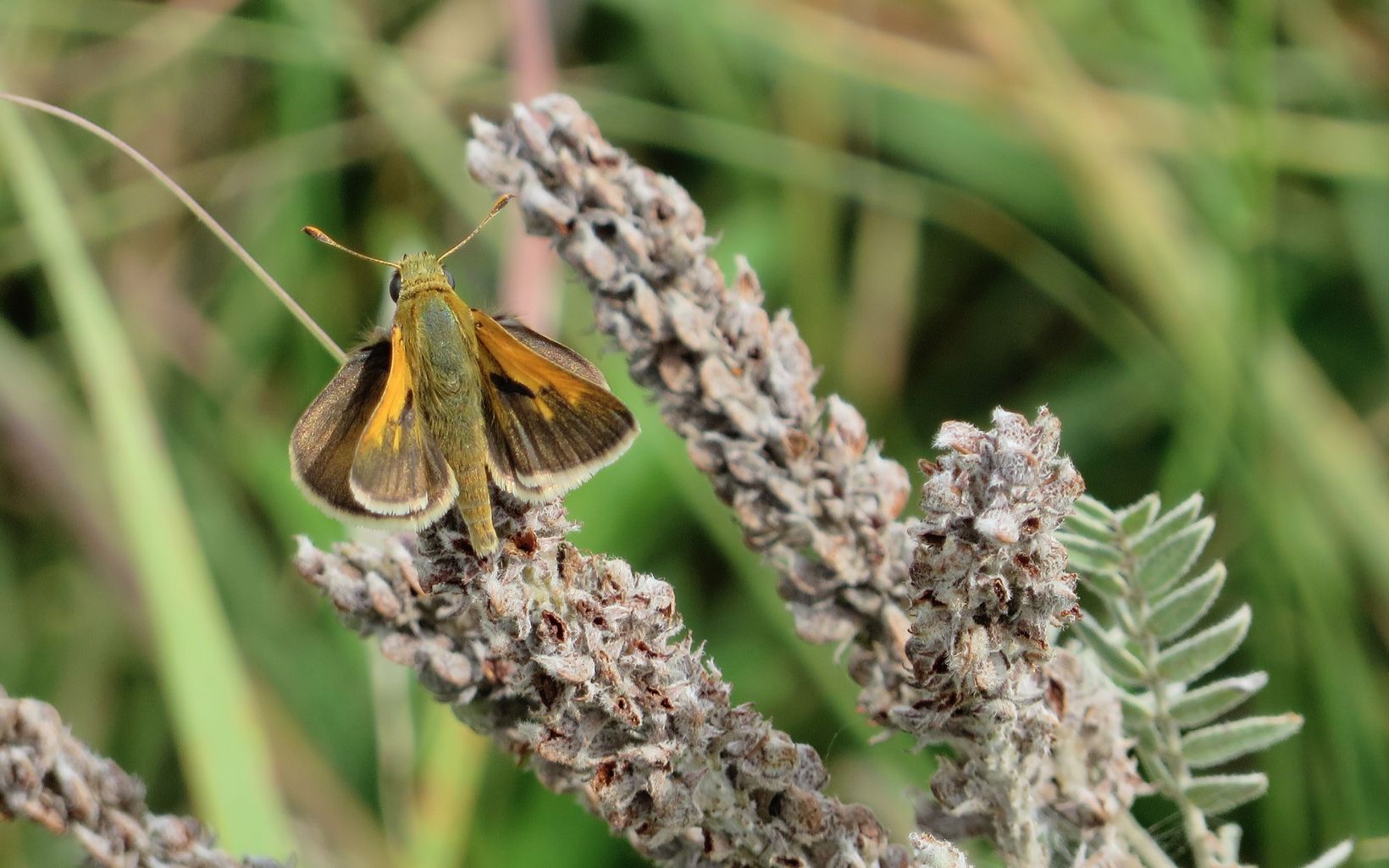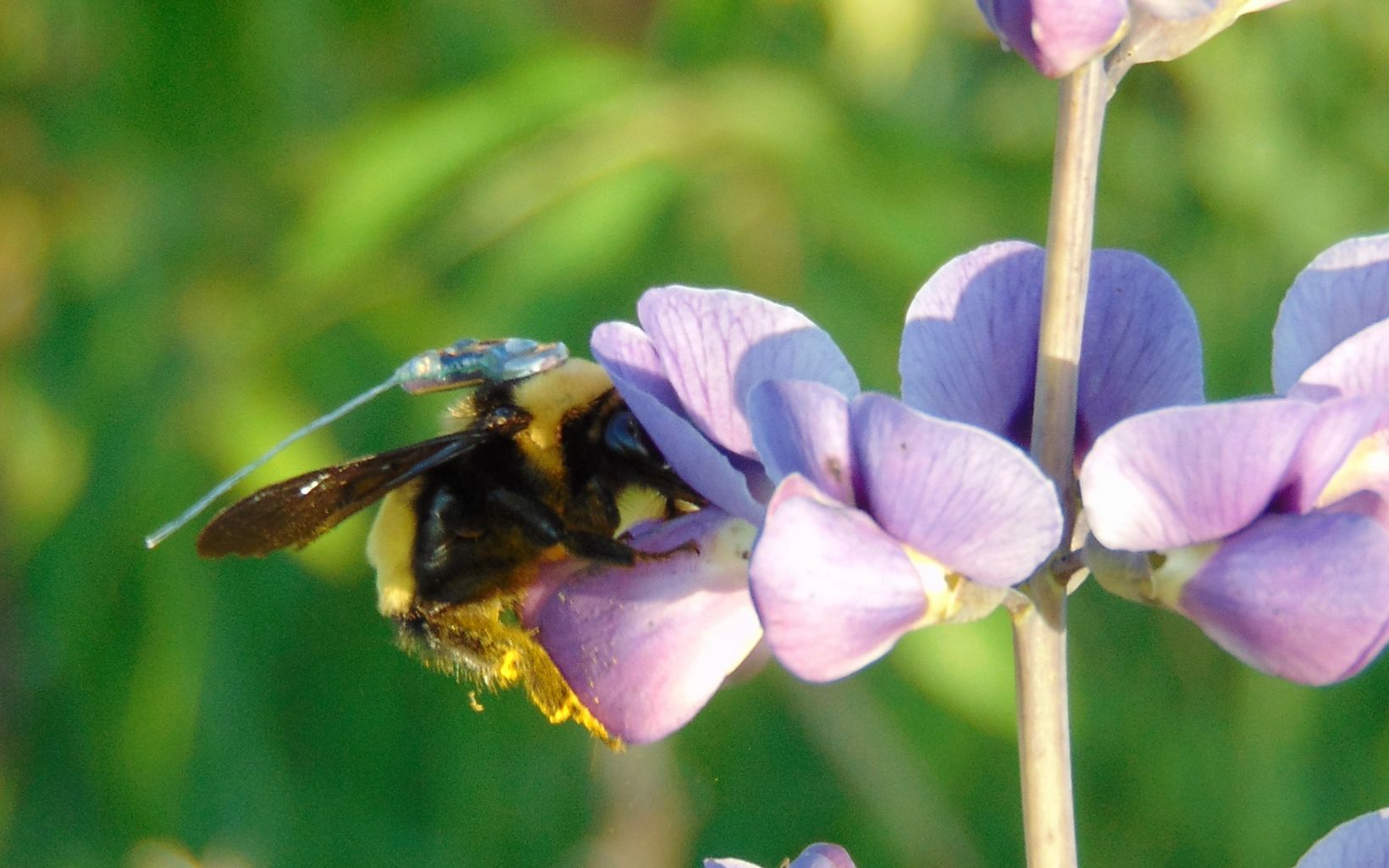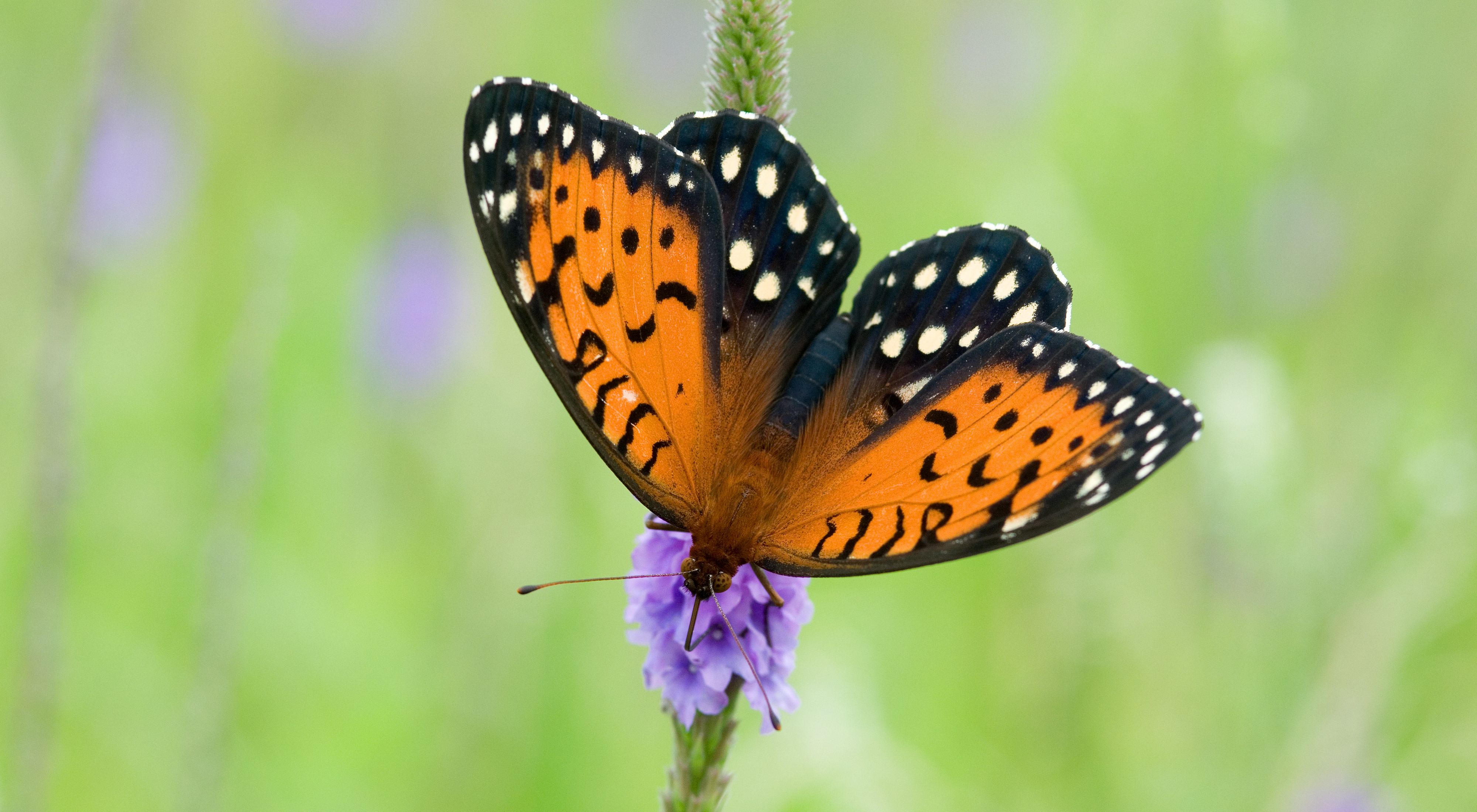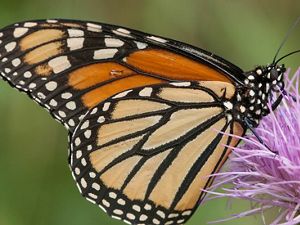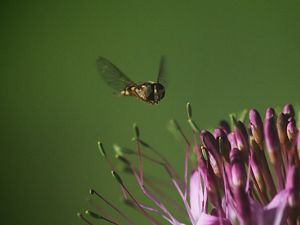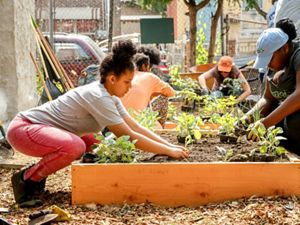Pollinators in Kansas
A Q&A with pollinator expert Shelly Wiggam about the birds and the bees—and the bats and the ants.
Just what is a pollinator anyway and why are they important?
Shelly Wiggam: Any critter that visits the reproductive parts of a plant and helps to transfer pollen to flowers of the same species is considered a pollinator. Pollinators help plants create seeds and the fruit that helps disperse and protect the seeds. Pollinators can be invertebrate animals—like butterflies, bees, beetles, wasps, flies and ants—or they can be vertebrate animals—such as birds, bats, squirrels and mice. All land-based ecosystems with plants—from prairies to forests and tundra to desert—rely on pollinators.
In Kansas, canola, cotton, sunflower and alfalfa crops are all dependent on pollinators to produce seeds and fruit. Other crops that are not dependent on pollinators, like corn, still benefit. Corn can produce larger kernels and more kernels per ear when native pollinators are present.

Meet Shelly
Shelly Wiggam is the manager of The Nature Conservancy’s Conservation Stewardship Initiative. Her PhD research investigated how both insect pollinators and plants responded to different rangeland management practices in the Flint Hills and beyond.
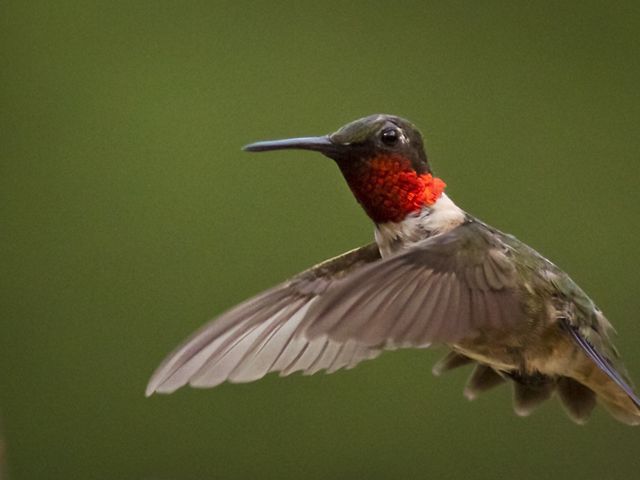
How many different pollinators are there in Kansas?
Shelly: I wish we knew! Unfortunately, insect research has been exceptionally limited in the Great Plains—so much that Kansas and Oklahoma were once thought of as a “native bee desert.” We now know that this area actually has a very high level of bee diversity. Using museum specimens and current research, we estimate that there are more than 400 different native bee species in Kansas. And that’s just the bees! Insects are the most abundant animals in Kansas, and they are typically found flying from late-February through mid-November every year.
Quote: Shelly Wiggam, PhD
We estimate that there are more than 400 different native bee species in Kansas.
So what's the deal with honeybees?
Shelly: - Honeybees are critical to some American crop production systems, and the honey is yummy. However, honeybees are not native to North America, and honeybee hives are considered a livestock species by the U.S. Department of Agriculture. One of the primary uses and functions of honeybees in North America is to provide crucial supplemental pollination services to tree nut, fruit and vegetable crops during peak crop flowering, typically over a 2-day period at each field. The pollination services that honeybees provide increase crop production by supplementing native pollinators during the crucial flowering window.
It is well established that native pollinators, especially solitary and social bee species, are much more efficient and effective pollinators than honeybees in both crop settings and native ecosystems. The presence of native bees actually increases the effectiveness of honeybees in crop fields, but, unfortunately, honeybees can negatively impact native pollinators in some native and restored ecosystem settings.
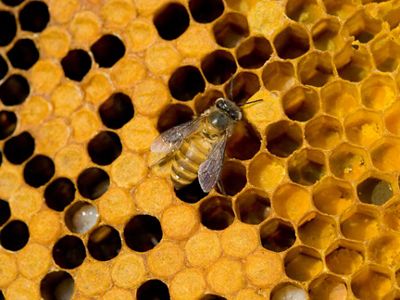
Historically, honeybee hives have been readily managed and their use in crop systems manageable in the United States, leaving the massive pollination services native pollinators provide to a large array of crops largely overlooked. However, with the decrease in the number of honeybee hives and hive productivity in North American honeybees since the mid-2000s, attention has turned back to the critical importance of native pollinators when it comes to crop production.
What is The Nature Conservancy doing to protect pollinators?
Shelly: Throughout the Great Plains, TNC works to conserve, restore and maintain the diverse native plant communities and habitat that pollinators need to survive and reproduce on the prairie. In Kansas, I work with ranchers who manage grasslands for livestock production by helping them implement conservation-based grazing and rangeland management practices. That keeps the prairie functioning the way it evolved to work, which is good for livestock and wildlife.
In Oklahoma, TNC is part of a statewide collaborative known as Okies for Monarchs to educate, engage and support Oklahomans in protecting and enhancing habitat for pollinators throughout the state. There are examples like this in every state.
What can people do on their own to help pollinators?
Shelly: Anyone can plant a pollinator garden with native plants, you just want to make sure you aren't using cultivar varieties of the plants. Plan a diverse mix of species so flowers are blooming from early spring through late fall. You can also provide water for pollinators. Place a shallow dish of water directly on the ground with rocks, sticks or marbles for the pollinators to roost on while they drink. And just like people, proper nutrition is important for pollinators. Mud puddles provide necessary minerals and can be another water source.
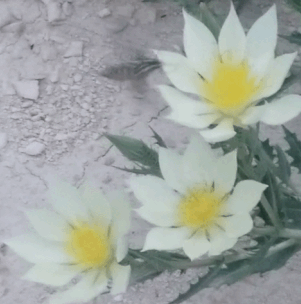
What pollinators can people expect to see this year?
Shelly: Monarchs understandably get a lot of the attention but there are so many more pollinating animals to keep your eyes open for when out exploring. Insects are the first major group of wildlife to emerge from overwintering in the spring and one of the last to go to bed for the winter. Some of the first pollinators you’ll see in the spring are flies, small bumble bee species, small solitary bee species and nocturnal moths.
If you're at Little Jerusalem Badlands State Park, take a close look at the chalk lilies growing up through the rock in the large flat areas. The blooms open in the evening for nocturnal pollinators like the Sphynx moth (Mentzelia decapetala) and close back up before sunrise each day.
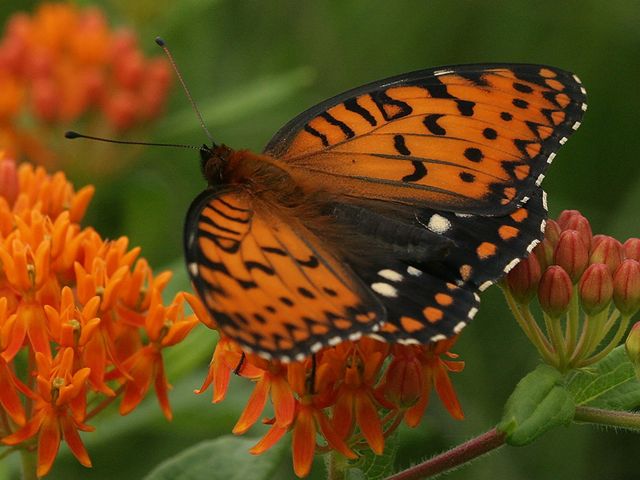
The regal fritillary butterfly (Speyeria idalia) was recently featured on a United States quarter commemorating Tallgrass Prairie National Preserve, and they are ususally common throughout the eastern half of Kansas.
And finally, do you have a favorite pollinator?
Shelly: I’ve never been able to whittle it down to just one favorite pollinator—or even a few! But I will say my favorite groups of pollinators include native solitary bees, bumble bees, bee flies, tumbling flower beetles, diurnal and crepuscular moths, grass skippers and bats.
Shelly's Favorite Pollinators
